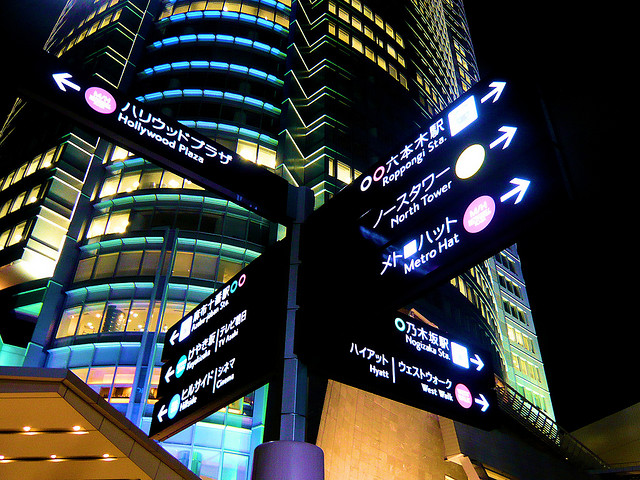Underlying momentum in global growth moved to its best pace in four years during the second half of last year. Moreover, labour market dynamics, income trends and falling oil prices and interest rates bode well for further strengthening in the global cycle. Nevertheless, markets have been edge in recent months and volatility has started to trend higher after the Summer of 2014. Doubts about central bank behaviour, rising deflation risks, the economic and geo-political fall-out from oil price declines and renewed fears over Grexit have clearly weighing on sentiment and influencing investor behaviour.
Investors need to weigh these fundamental and behavioural cross-currents. The complex ecology of markets and the continuous mutual influencing of all components in the system makes it very hard to assess what the future direction of the market will be. Therefore, it is important to follow some principles to navigate the portfolio returns through the rough twists and turns of financial markets. Those are the 6 golden rules in ING IM´s multi asset investment approach:
1. Understand where you are
The environment around us is complex, not automatically reverting to an unobserved “equilibrium” and constantly changing. So, study the functioning of the ecology you operate in, map the players around you, understand how they interact. Key in this is to know what you don’t know. Be aware of the difference between uncertainty and risk, note the obvious limitations of the efficient market hypothesis due to heterogeneity of market players, bounded rationality and occasional irrationality, limits to arbitrage and the persistence of market “anomalies” and observed falsification of normally distributed returns.
This awareness helps to focus on robustness, both in the area of data research and portfolio construction. Balance portfolio exposures well across your opportunity set and between “safe” and “return” asset classes. While doing this always keep in mind not to under-estimate risk and not to over-estimate diversification benefits. Also, always expect the unexpected.
2. Expand your horizon
Continue to learn about the world you operate in and develop innovative research to explore the environment in the best possible way. This means not only understanding the underlying fundamentals well, but also developing expertise on the emotions and behaviour of the investors around you.
To do this effectively some creativity is needed. Information need to be found and utilized in an innovative way. On top of that the resulting data analysis needs to be rigorous and consistent to eliminate behaviour pitfalls, while also allowing investor skill to add insight on the unquantifiable like regime shifts at Central Banks or (geo) political shocks.
It also translated into the breath of your investment universe and the effective use of the diversity in investment opportunities, both across asset classes and through time.
3. Adapt to change
Allow yourself, said ING IM team, to be active, but make sure accountability is always in place and incentives an open minded way of thinking about the economy or markets. Therefore, change your opinion once the facts change or the market ecology has adapted. And while risk premiums are shifting during the process, take risk when opportunities are high and hide when uncertainty is not well rewarded.
4. Team up
Do not think you can do all of the above alone. Listen well to your stakeholders (clients, regulators, team members, other partners), determine the right risk tolerance and aim for a prudent investment solution. Utilize all skill in your investment team and stimulate cooperation and learning amongst team members against a backdrop of clear goals, responsibility and accountability. Play as a team.
5. Iron discipline
Make sure consistency of your investment decision is safeguarded well. Work with a strong investment process that works in different investment climates. Use strategist and portfolio manager skill and experience to construct a resilient investment toolkit. Have challenging discussion on motivations to deviate from guidance from the toolkit. Aim to have skin-in-the-game for decision takers.
6. Simplicity
Against the backdrop of the complex system of markets, keep it as simple as possible without damaging effectiveness. Identify clearly what the sources of returns are and where your own strengths lie in exploiting them. Value consistency over complexity and monitor liquidity, transparency and costs at all times aware.



 By Alicia Miguel Serrano
By Alicia Miguel Serrano
 By Fórmate a Fondo
By Fórmate a Fondo